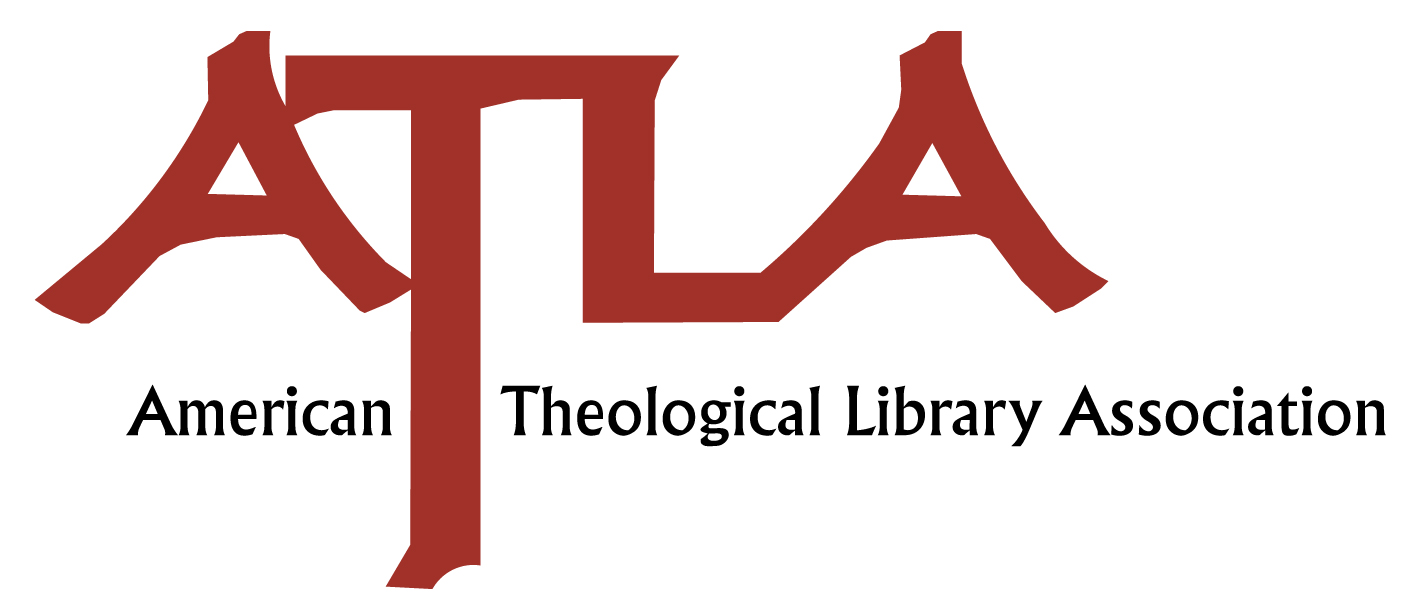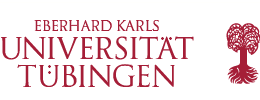Some analogous uses of constituere in st. Thomas Aquinas: From natural knowledge to theology of the Trinity
Abstract
Summary : I. In Duodecim Libros Metaphysicorum Aristotelis Expositio. II. Some General Uses of Constituere. III. Esse and Constituere. IV. Christology. V. The Constitution of the Divine Persons: 1. Scriptum Super Sententiis. 2. De Potentia. 3. Compendium Theologiae. 4. Summa Theologiae. 5. Theological Context and Implications. VI. Theological Techniques and Philosophy.
Aquinas uses constituere as a means of establishing that which can first properly designate each of the divine Persons in Trinitarian theology. His work in this domain is preceded by Albert the Great’s use of the Aristotelian-Porphyrian inspired differentia constitutiva for a similar purpose. We thus compare Thomas’ use of constituere in metaphysics and Trinitarian theology, using, among other references, the role of constituere in Christology and its ties to persona composita and esse personalis as a guide. This provides a clearer understanding that in God essence is notionally distinct from personal property as well as from person – understood according to the ratio personae, that is, as the whole constituted through the specification of the divinity by personal property, otherwise known as constituting difference. Comparison to some of the most pertinent tools in Trinitarian theology – relation, property, esse and the dyad of person and nature – permits contextualization of the analysis.







